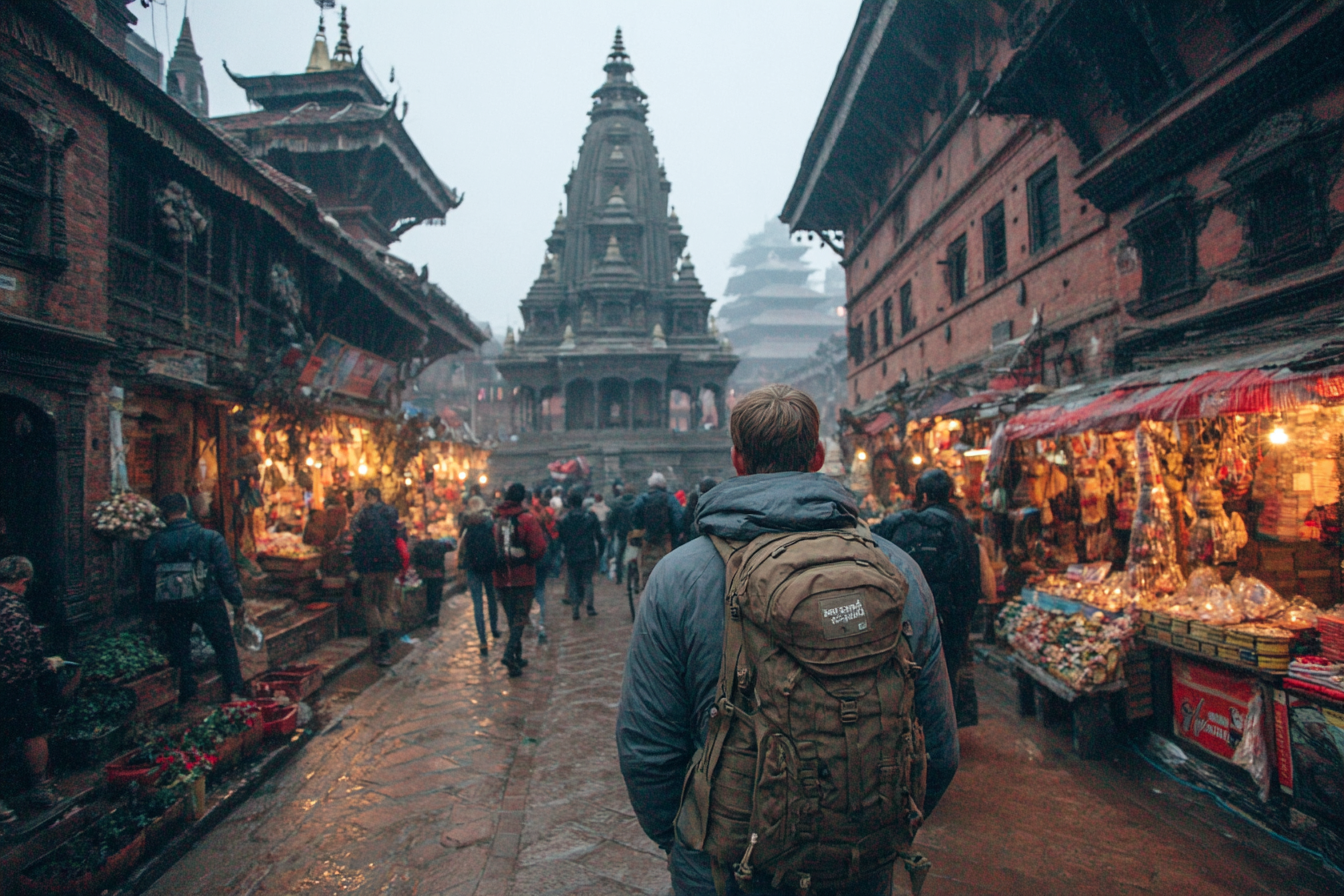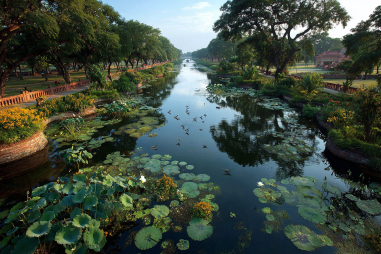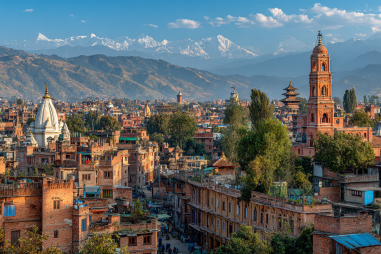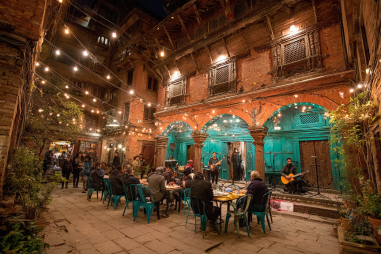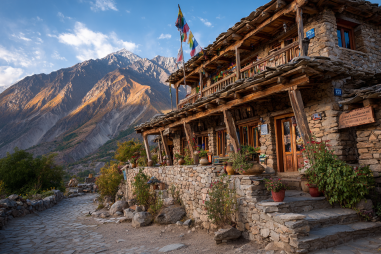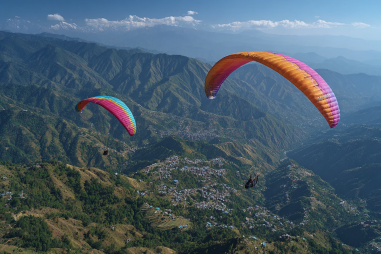Planning a trip to Kathmandu can be an exciting adventure filled with rich culture, stunning architecture, and breathtaking landscapes. However, to make your experience as smooth and enjoyable as possible, a bit of preparation and insider knowledge goes a long way. Whether you’re visiting for the first time or returning to explore more, these essential Kathmandu travel tips will help you navigate the city confidently, stay safe, and immerse yourself in its unique charm.
When to Visit Kathmandu
The best time to visit Kathmandu largely depends on what you want from your trip. Generally, the most popular seasons are spring (March to May) and autumn (September to November). These are when the weather is most pleasant, with clear skies and comfortable temperatures, making it ideal for sightseeing and outdoor activities like hiking.
Spring is vibrant with blooming flowers and festivals like Holi, while autumn offers spectacular views of the Himalayas and cultural celebrations such as Dashain and Tihar. The monsoon season from June to August brings heavy rain, which can disrupt travel plans but also offers lush green landscapes and fewer tourists. Winter (December to February) can be quite cold, especially in the mornings and evenings, but it’s a great time if you prefer cooler weather and want to avoid crowds.
Visa and Entry Requirements
Most travelers visiting Kathmandu will need a visa to enter Nepal. Tourist visas can be obtained on arrival at Tribhuvan International Airport or at border crossings for many nationalities. It’s essential to check the latest visa requirements before you travel, as they can change. Typically, you’ll receive a 15, 30, or 90-day tourist visa based on your needs.
To get the visa on arrival, ensure you have:
- A valid passport with at least six months’ validity from the date of entry
- A completed visa application form, available at the airport or online
- Passport-sized photos (some counters provide photo services, but it’s smarter to bring your own)
- Payment for the visa fee (preferably in USD for better rates)
If you prefer, visas can also be arranged beforehand through Nepali embassies or consulates in your home country. This can save time upon arrival but is not mandatory for most travelers.
Currency and Payment Methods
The official currency in Kathmandu is the Nepalese Rupee (NPR). While ATMs and currency exchange centers are widely available in the city, it’s advisable to carry some cash for small purchases, especially in markets and local eateries where cards may not be accepted.
Major international credit and debit cards are accepted in many hotels, restaurants, and shops in tourist-friendly areas. However, always confirm before making large payments, as some places prefer cash only. It’s also wise to notify your bank about travel plans to avoid any blocks on your cards.
Currency exchange counters usually offer competitive rates, but avoid exchanging money with unauthorized dealers. Keeping smaller denominations handy will help with tipping and local transactions.
Transportation Options
Getting around Kathmandu can be a fascinating experience, although traffic congestion is common, especially during peak hours. Here are some transport options to consider:
- Taxis: Widely available and affordable, taxis are convenient for short trips. Ensure the driver uses the meter or agree on a fare before starting your journey.
- Rickshaws and Cycle Rickshaws: Ideal for short distances and an authentic local experience in some parts of the city.
- Public Buses: While cheap, buses can be crowded and are often challenging to navigate for tourists unfamiliar with the routes.
- Car Rentals with Drivers: For more comfort and flexibility, hiring a car with a driver is popular among travelers planning day trips or excursions outside Kathmandu.
- Walking: Many historic sites within the city are best explored on foot, allowing you to absorb the ambiance at your own pace.
Keep in mind that road conditions and driving styles may differ from what you’re used to, so exercise caution and patience when traveling.
Health and Safety Advice
Health and safety should be a priority during your Kathmandu visit. Here are some practical tips:
- Vaccinations: Consult your doctor before traveling to ensure you’re up to date on routine vaccinations and consider ones recommended for Nepal, such as Hepatitis A and Typhoid.
- Altitude: Kathmandu sits at about 1,400 meters (4,600 feet) above sea level, which usually isn’t high enough to cause altitude sickness, but if you plan to trek higher, acclimatize properly.
- Food and Water: Stick to bottled or purified water and avoid street food if you have a sensitive stomach. Eat freshly cooked meals from trusted places to minimize the risk of foodborne illness.
- Personal Safety: Kathmandu is relatively safe, but standard precautions apply. Keep your belongings secure, avoid isolated areas at night, and be mindful of your surroundings.
- Pollution: Air quality can vary, especially in winter. If you have respiratory issues, consider wearing a mask on heavy pollution days.
Cultural Etiquette and Customs
Respecting local customs enhances your travel experience and shows appreciation for Nepalese culture. Here are some key points to remember:
- Greetings: The traditional greeting is “Namaste” with hands pressed together in front of your chest. It’s polite to greet elders and monks this way.
- Dress modestly: When visiting temples or rural areas, dress conservatively covering shoulders and knees to show respect.
- Remove shoes: Always take off your shoes before entering homes and religious sites.
- Photography: Ask permission before photographing people, especially in rural areas or religious ceremonies.
- Right hand: Use your right hand for giving or receiving items, as the left is considered unclean.
- Religious sites: Be quiet, respectful, and avoid touching statues or sacred objects.
Packing Essentials
What you pack for Kathmandu depends on the season and planned activities. Here are some essentials to consider:
- Comfortable walking shoes for city exploration and trekking
- Layered clothing for varying temperatures, especially if visiting between seasons
- Sun protection like hats, sunglasses, and sunscreen
- A refillable water bottle with a built-in filter to avoid buying plastic bottles
- Basic first aid kit including any personal medications
- Universal power adapter (Nepal uses mainly Type C and D plugs, 230V)
- Insect repellent, particularly if visiting during warmer months
- Light rain jacket or umbrella if traveling during monsoon
Connectivity and Communication
Staying connected in Kathmandu is relatively easy. Free Wi-Fi is common in hotels, cafes, and some shops. However, the speed and reliability may vary.
For more consistent connectivity, consider purchasing a local SIM card. Major providers like Ncell and Nepal Telecom offer affordable prepaid plans with good coverage around the city and popular trekking regions. You’ll just need an unlocked phone and your passport to register the SIM.
English is widely spoken in tourist areas, but learning a few basic Nepali phrases will be appreciated and can help in day-to-day interactions.
Emergency Contacts and Useful Resources
Being prepared for emergencies helps you feel safer during your trip. Here are some important numbers and resources for Kathmandu:
- Police: 100
- Ambulance/Medical Emergencies: 102
- Fire Department: 101
- Tourist Police: 98510 00000 (for help specifically related to travelers)
- Embassies: Locate your country’s embassy or consulate contact details ahead of time
- Travel Insurance: Keep your policy details and emergency hotline handy
Additionally, inform your accommodation of your itinerary and keep a printed copy of important documents in case of electronic failure.
Enjoying Your Time in Kathmandu
With a little preparation and awareness, your trip to Kathmandu will be an unforgettable journey full of discovery and warmth. Embrace the rich cultural tapestry, indulge in local flavors, and take time to appreciate the ancient temples and stunning mountain views. By following these essential travel tips, you’ll navigate the city with confidence and make memories that last a lifetime.

